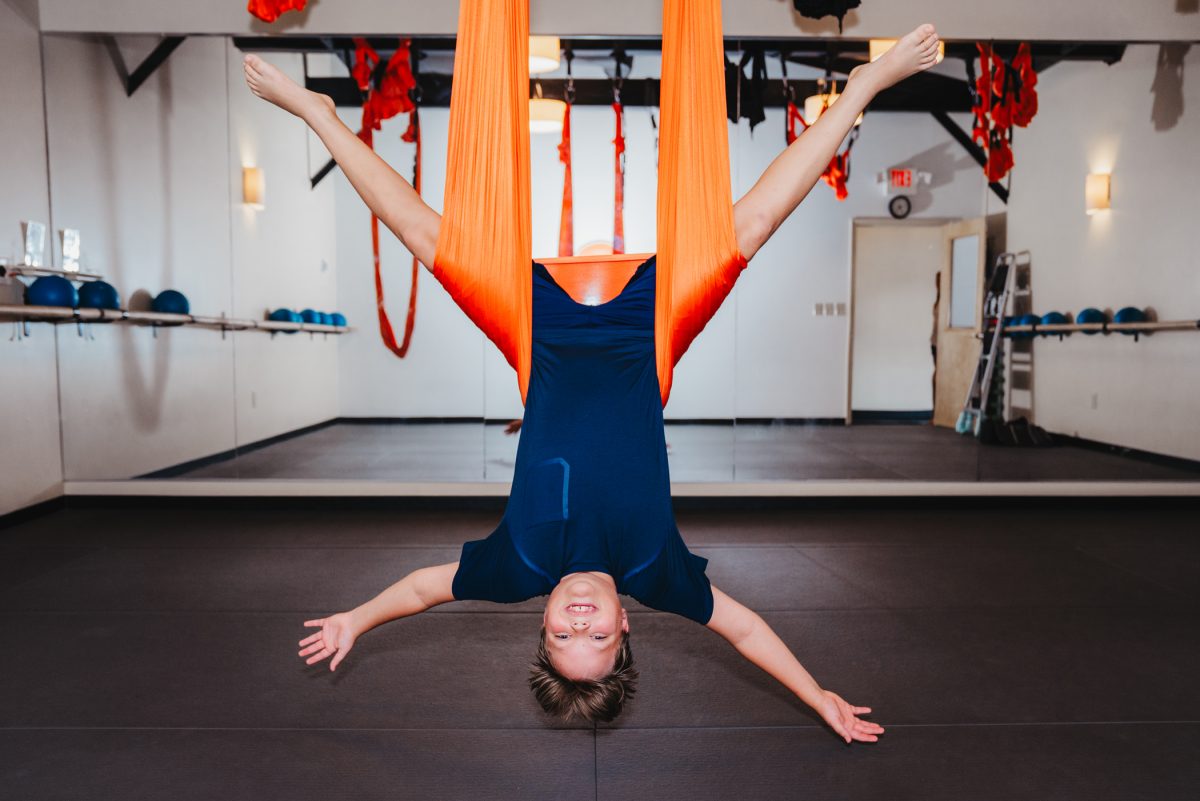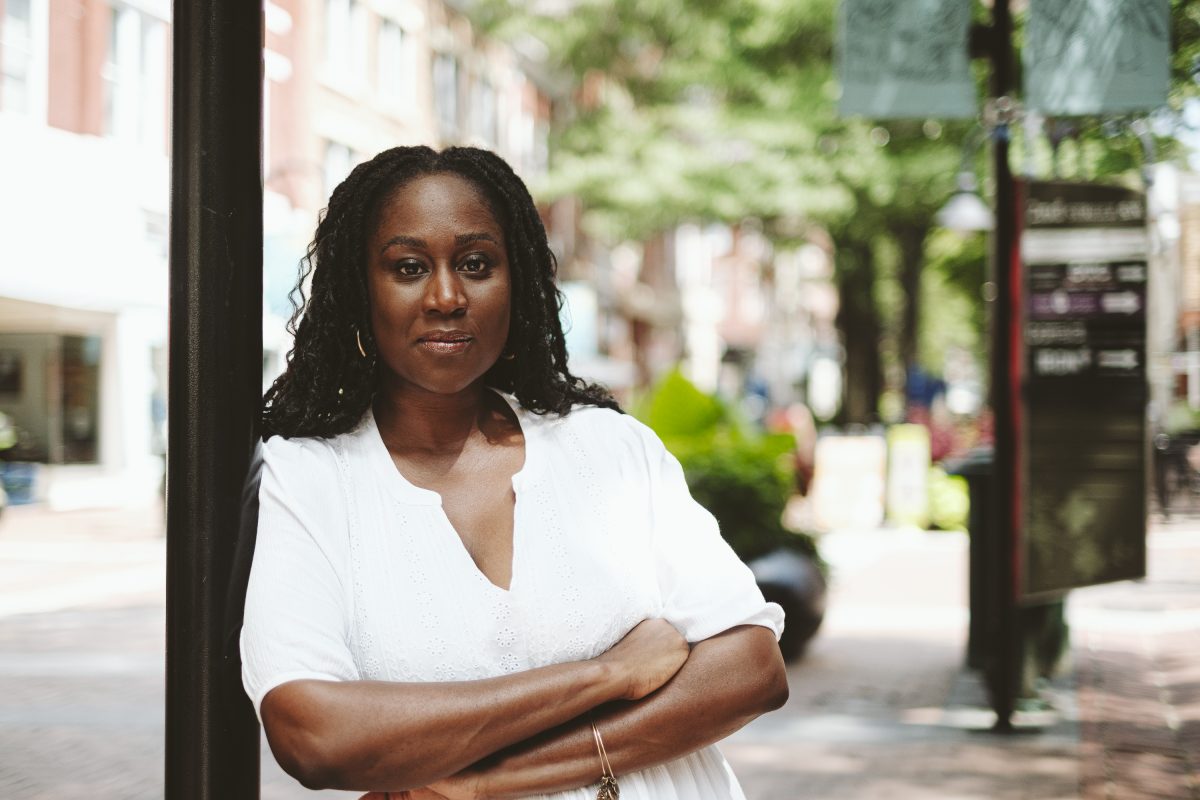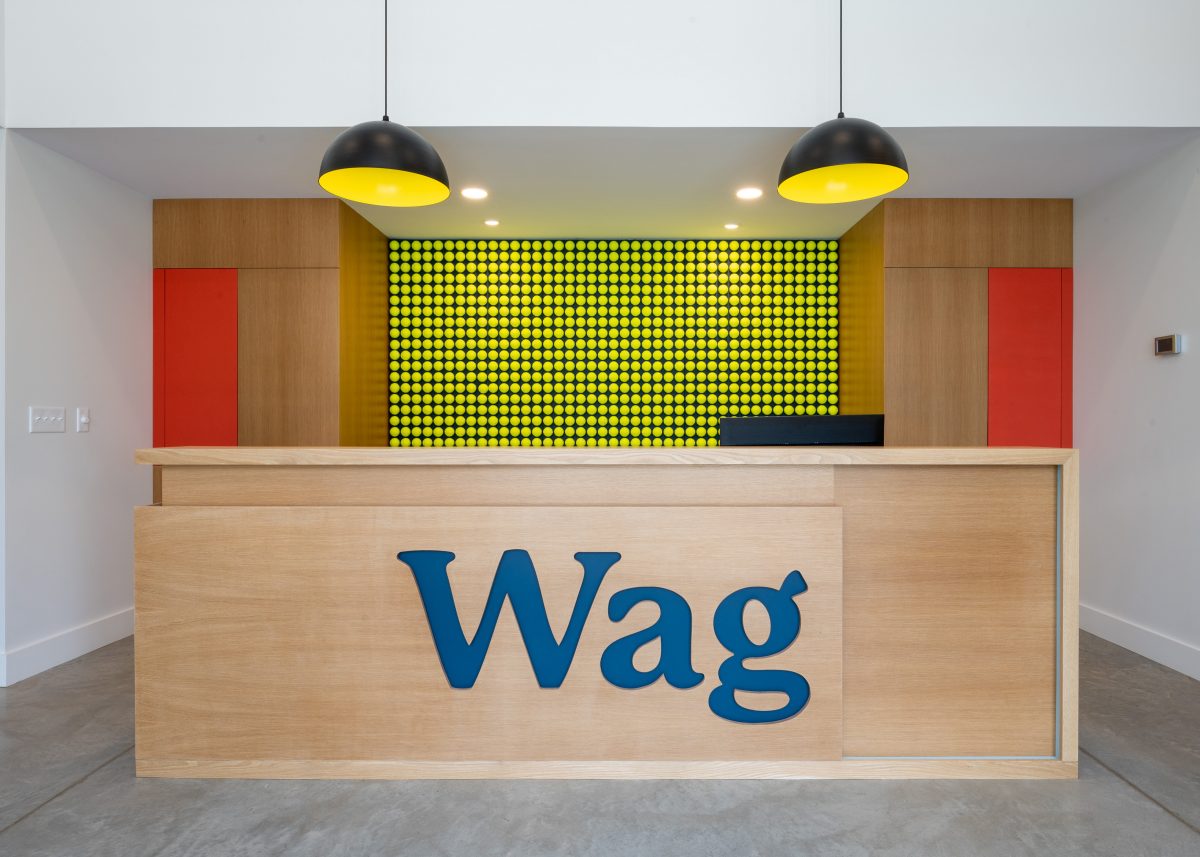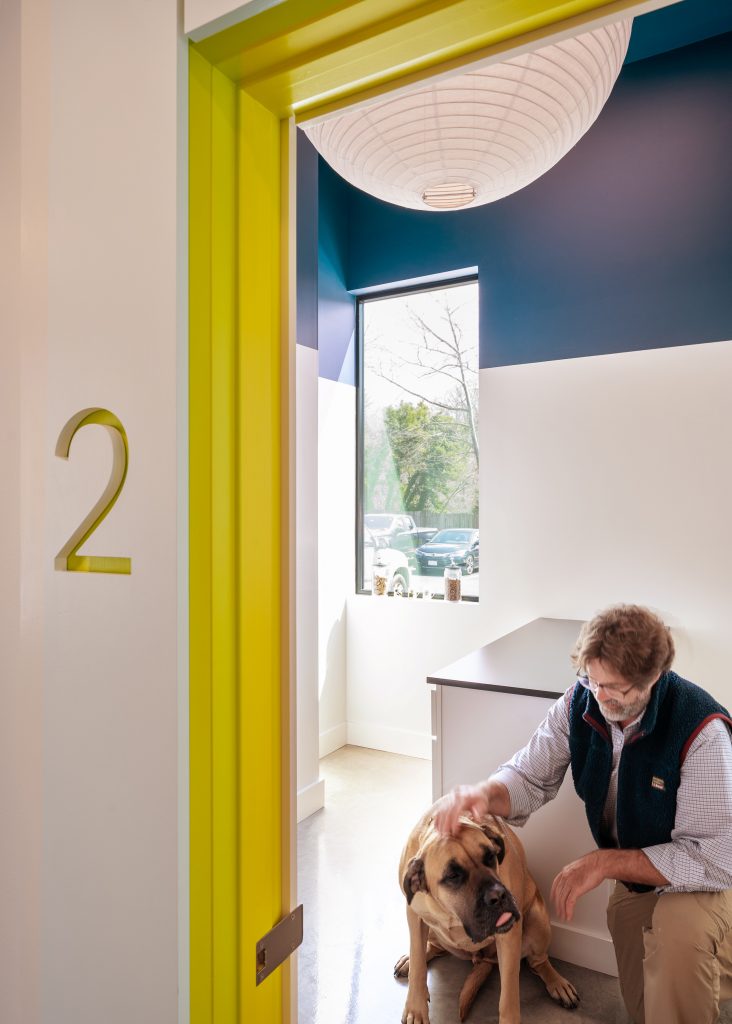A 20-minute drive from Charlottesville, the town of Gordonsville is an attractive spot for a day trip, with it’s many food, drink, and shopping options. Head northeast and check out all this tiny town has to offer.
What to eat and drink
It goes without saying you have to stop at BBQ Exchange. Chef Craig Hartman’s quick-counter restaurant opened in 2010, and since then has served up some of the most delicious smoked meats you’ll find in Virginia, alongside scrumptious sides like Brunswick stew, hush puppies, collard greens, and more. Get the BBQ Lovers platter to sample a variety of meats or the tofu option (don’t forget the sauce). If you can exercise some self-control (good luck!), save room for one of the homemade desserts or just enjoy a pumpkin or cornbread muffin with your meal. 102 Martinsburg Ave.
Savor scratch-made, bite-sized baked goods at Krecek Kakes Bakery & Coffeeshop. Find Angel Konfections—sweet treats that are a mix between candy and brownie, with a brown sugar or flour crust and fruit or chocolate toppings—at this cozy spot. Three Angel Konfections flavors are offered daily; ask for a sample or buy a gift box to share. The bakery donates a portion of all sales to charitable organizations, so you can do good while you’re savoring the sweetness. 105 S. Main St.
To wash it all down, start at Patch Brewing Co., a family- and dog-friendly outpost where everyone will find something to enjoy. There’s a selection of beer on tap (cider, too), a dog park, a baseball field, indoor and outdoor beer gardens, and burgers and more from their own County Line food truck. There’s also live music on Fridays. 10271 Gordon Ave.
Well Hung Vineyard and Restaurant operates its flagship location on Main Street in Gordonsville, serving brunch, lunch, dinner, and its handcrafted wines. Sip the Playful Pink for a dry rosé crafted from Virginia pinot noir grapes, or enjoy a flight and pick your favorite Well Hung wine. 300 S. Main St.
The new East of Maui Coffee Shop is getting good reviews for its speed and convenience. Grab a custom drink when you need an afternoon pick-me-up. 512 N. Main St.
Where to shop
Need to up your style game? Don’t miss Posh. Browse the robust dress collection, which boasts one thing that many women’s dresses lack: pockets! Sisters Janice Wood and Victoria O’Leary have been having fun through fashion at their shop since opening in 2003. 107 S. Main St.
Browse distinctive antiques at Lindenlaan Antiques & Interiors, where proprietor Annette La Velle has hand-picked 18th- and 19th-century antiques from England, France, and Belgium. To complement the antique treasures, she offers a selection of quality home goods. You can visit the shop by appointment. 205 S. Main St.
Stop into one of Gordonsville’s art galleries, like Annie Gould Gallery or Cavallo Gallery.
Annie Gould established her space in 2017, and features work from more than 50 regional and national artists. Here you’ll find paintings, jewelry, woodworks, photography, glass, sculpture, and textiles. 109 S. Main St.
Cavallo Gallery features work from local artists, accessories, jewelry, gifts, paper goods, and Cavallo’s “green favorites”—a selection of toxin-free fragrances, apothecary items, teas, coffees, craft mocktails, and more. 117 S. Main St.
Find hand-crafted American-made goods at Folkling, open on Friday and Saturday. This sustainable shop gives new life to old things and also stocks quality heritage goods from nearby artists and makers. 107 S. Main St., Suite 1
What to do
Ranked as one of the top 100 disk golf courses in the world by UDisc disc golfer app, Raptors Roost includes four different courses at Shenandoah Crossing. 1944 Shenandoah Crossing Dr.
At the edge of downtown, the 150-year-old Exchange Hotel Civil War Medical Museum features special events and programs that explore and highlighwt the museum’s history. 400 S. Main St.
Where to stay
Make it a weekend and stay the night at the Nathaniel Inn, a boutique historic inn and guest cottage build in 1874. Located in downtown Gordonsville, the inn offers you the privacy of a vacation rental with the upscale hospitality of a hotel. There are three suites at the Nathaniel House with a guest cottage next door that can be reserved for bigger groups. 502 N. Main St.







